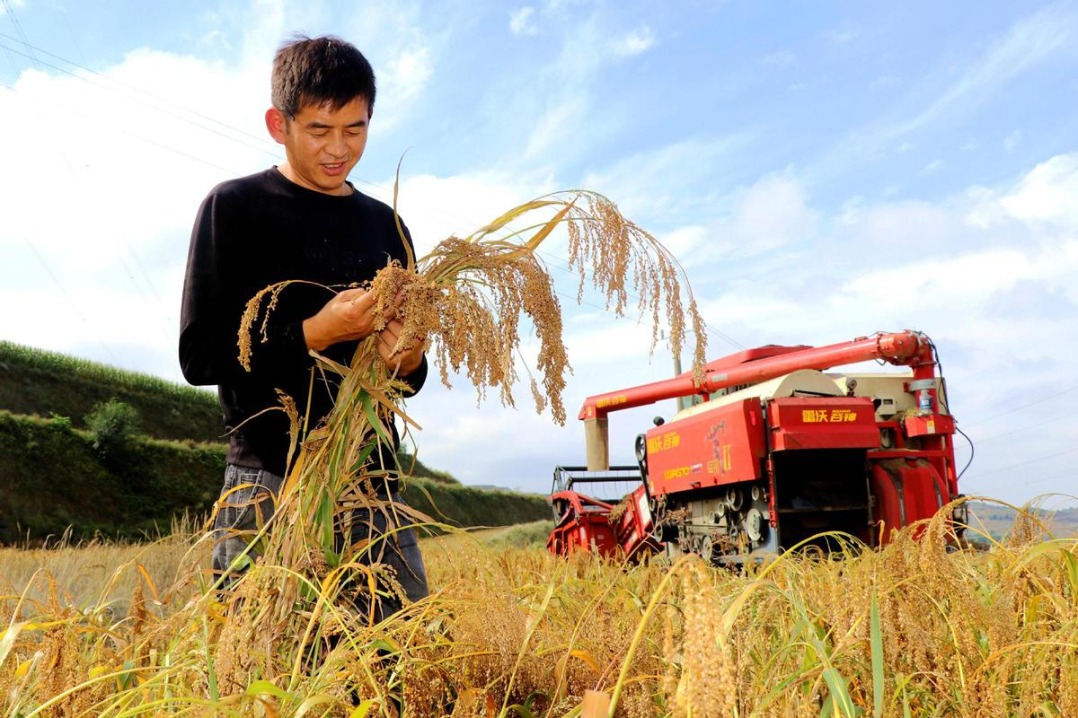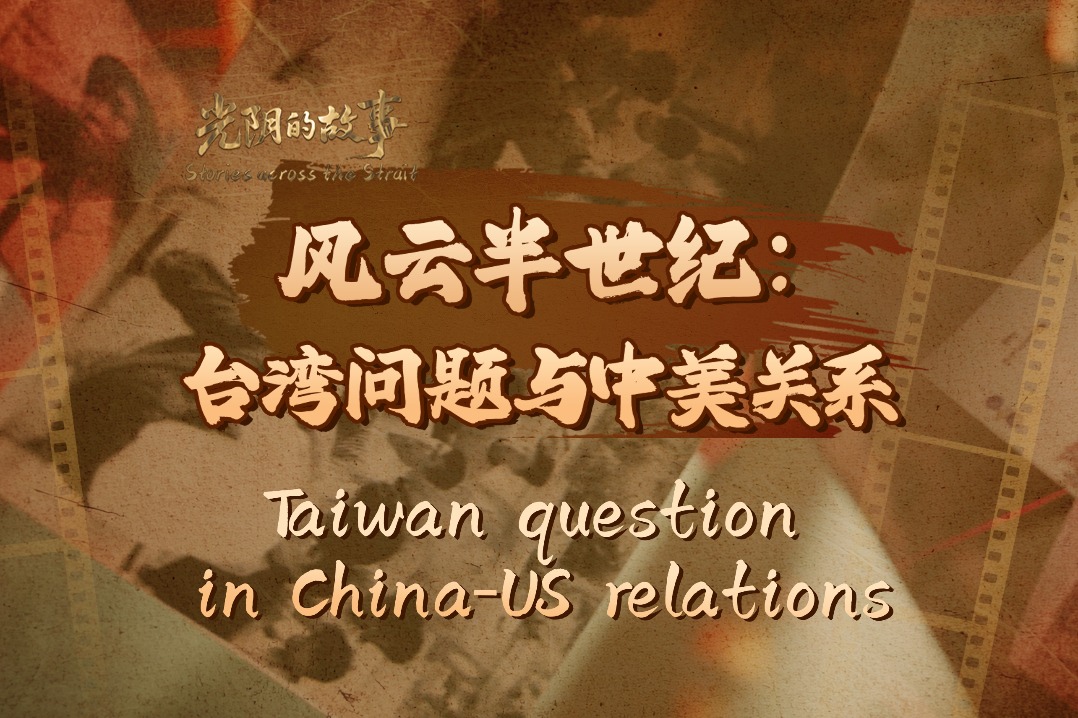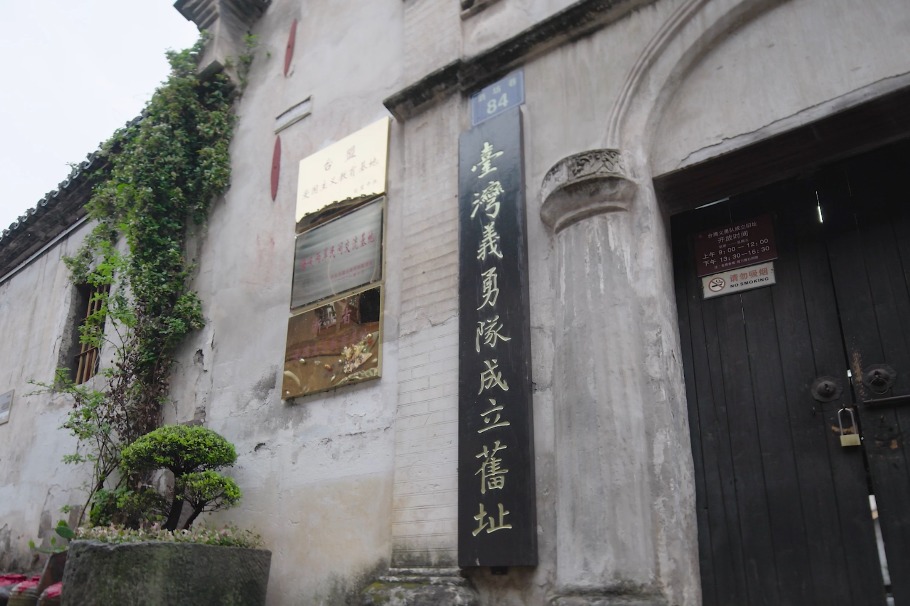Oldest Sichuan pepper seeds unearthed
Discovery in Ziyang reveals love for spicy food during Paleolithic period

Some 60,000-year-old wild Sichuan pepper seeds unearthed at the Mengxihe Site in Ziyang, Sichuan province, have helped shed light on Paleolithic human diets that included a spicy and numbing flavor.
As plants decay easily, finding plant seeds in archaeological sites is rare. Zheng Zhexuan, director of the Paleolithic Archaeology Institute at the Sichuan Provincial Institute of Cultural Relics and Archaeology, said researchers were excited when they confirmed in late 2024, after more than a year of meticulous analysis, that the tiny, near-round items are Sichuan pepper seeds.
"They are the oldest Sichuan pepper seeds unearthed at sites with human activity worldwide, an extremely rare discovery even at historical sites that are just a few hundred years old," Zheng said. "It suggests that tens of millennia ago, ancient humans in Sichuan may have already used it for flavoring. The love for spicy, numbing flavors might truly be etched in Sichuan people's DNA!"
The water-rich environment caused by floods resulting from climate change helped block oxygen and germs, significantly slowing degradation and preserving a large number of plant remains, he said.
"The Sichuan pepper is possibly the earliest known evidence of humans using spices for flavoring, offering unprecedented insights into early humans' culinary sophistication," he said.
Beyond possible seasoning, the site provides a vivid picture of ancient diets. More than 30 animal species, including extinct stegodons, bears, birds, cattle and fish, were identified from fossils bearing cut marks and signs of fire — evidence of hunting, butchering and barbecuing.
Edible plant remains such as walnuts, grapes and acorns demonstrate the diversity of the foraging economy.
"Their recipe had fruit, plants, grilled meat and possibly even some knowledge of seasoning," Zheng said.
Researchers also found a high proportion of elderberry and carpet bugle plants, which are commonly used for treating injuries and promoting blood circulation in traditional Chinese medicine. This suggests early usage of medicinal plants.
The site has yielded more than 210,000 stone tools, animal fossils and related fragments, along with more than 60,000 plant seeds and spores. These discoveries provide the first material evidence verifying the existence of a foraging economy during the Middle Paleolithic period, making it the only site with abundant plant remains identified to date in the context of modern human evolutionary dispersal, Zheng said.
"This site proves ancient humans here practiced broad-spectrum resource utilization much earlier than believed," Zheng said.
"They weren't just surviving; they maintained local stone implement technologies while developing complex behaviors similar to modern people."
It marks a major breakthrough in studying the origins and early cultural development of East Asia, he said.
Is it possible to grow peppers with the ancient pepper seeds? While unlikely as they are carbonized, Zheng said there may be DNA left among the large number of plants found, which could offer genetic data for modern crop improvement.
He also foresees the possibility of future incubation of ancient seeds, similar to the 1,000-year-old lotus seeds that blossomed as a result of scientific efforts in the Guangxi Zhuang autonomous region.
The 60,000 plant seeds and spores were found in about 600 soil samples. The team collected about 20,000 samples, so much work remains.
This year, 24 new sites within the Mengxihe Site cluster have been discovered, bringing the total to more than 100.
"Each archaeological survey and excavation is like opening a time capsule, revealing humanity's shared ingenuity," Zheng said.
Last year, a miniature museum was established at the site, with plans to open it to the public this year when conditions permit.
On Monday, the site advanced to the final evaluation stage for China's top 10 new archaeological discoveries of 2024.
- Police called in after investigation into food safety incident at Shanghai schools
- Shanghai Sports Festival sparks citywide fitness fun
- Intl conference shows new pathways to integrate education, research and application
- China's cyberspace regulator penalizes Toutiao for presenting 'harmful information'
- Shanghai's first intl snow sculpture expo transforms resort into winter wonderland
- China-built jet C919 carries out over 2 million passenger trips





































